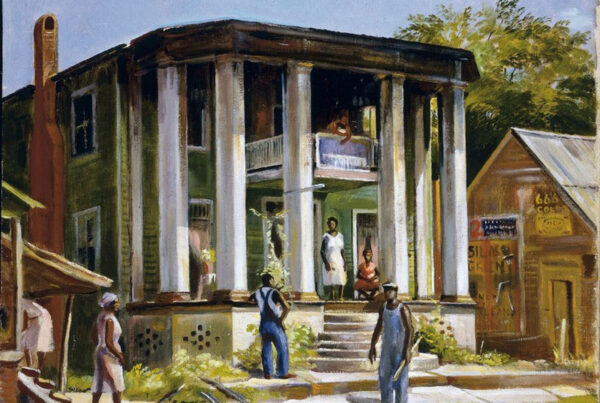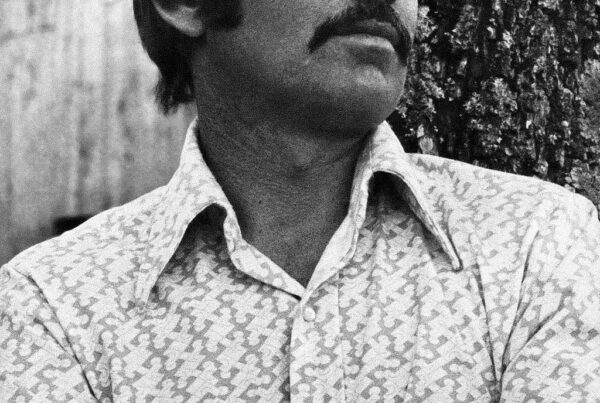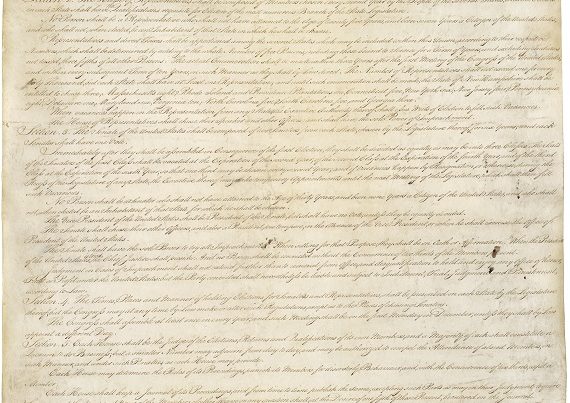“Daniel Boone was a man, yes a big man.” So began the (now not so) famous Ballad of Daniel Boone by legendary Southern actor Fess Parker. Parker portrayed Boone from 1964-1970 on the television series of the same name. It would be impossible to produce that show today. Boone is the antithesis of the modern American man. He hunted. He was an honest, rugged individual, and more importantly a Southerner. He was manly in the way Jefferson described the word in the Declaration of Independence. He was frugal and though it ruined him financially, repaid his debts. He fought American Indians (though he treated them with respect). He served with distinction in the American War for Independence with George Rogers Clark. Such actions don’t make a hero in America any longer. American men are now defined by “Pajama Boy.”
This wasn’t always the case. Americans, both North and South, considered Boone to be the quintessential American man. So did Europeans. Thomas Cole, the founder of the Hudson River School of art, dedicated a canvas to him in 1826. Boone was the inspiration for the character Natty Bumpoo (Hawkeye) in James Fenimore Cooper’s Letherstocking Tales. The famous romantic poet Lord Byron made Boone a character in his Don Juan. Southern naturalist John James Audubon went hunting with Boone in Kentucky and later sketched a portrait. Audubon was amazed at Boone’s skill as a hunter and described him as “a stout, hale, and athletic man, dressed in a homespun hunting shirt, bare-legged and moccasined, carried a long and heavy rifle, which, as he was loading it, he said had proved efficient in all his former undertakings, and which he hoped would not fail on this occasion, as he felt proud to show me his skill.” He then blew up a squirrel. PETA probably wants that phrase struck from Audubon’s account.
Boone not only defined the American man, he defined the American spirit, a spirit that was forged by his experiences in the South and the Southern frontier. He always thought of himself as a common American. This is true. The common man in early American history did many extraordinary things. They didn’t wait around for someone to bail them out, blaze trails, or achieve success. Nothing was given to them and they expected nothing less. These were rugged, tough individuals with Southerners setting the standard. By erasing this part of our history, and in particular Southern history, we destroy what made America great. Sadly, that has always been the objective, I think.






